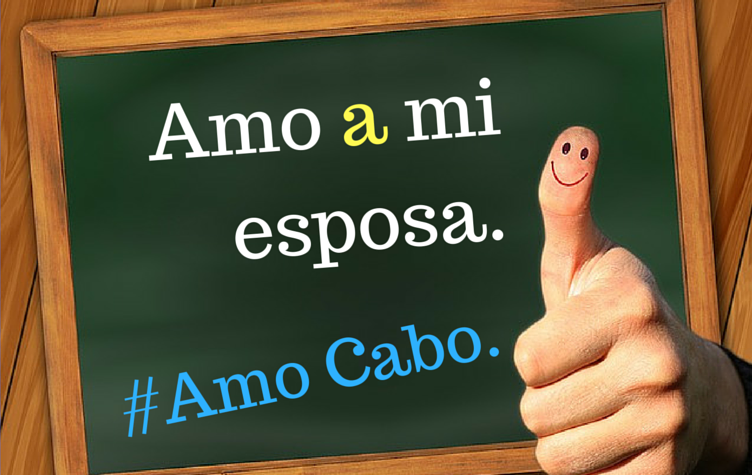Letter “a” in Spanish is not only a letter but a word. It’s pronounced as the “a” in the English word ‘father‘, and it has several uses. It indicates direction, for example: Necesito ir a la tienda. — I need to go to the store.
One particular use has to do with a personal concept. It indicates the referrent in your conversations. If you are talking about people, then the personal “a” must be used.
Necesito ver a mi doctor. — I need to see my doctor. (‘doctor’ is a person, so the personal “a” must be used)
Necesito ver las palabras para aprender. — I need to see the words so I can learn. (‘words’ do not refer to a person, so leave the personal “a” out)
Amo a mi esposa. — I love my wife. (‘wife’ is a person which makes the feeling of the verb a bit more personal)
Amo San José del Cabo. — I love San José. (Again, don’t use it if it’s NOT a person)
There is no English translation for the use “a”. From an English perspective, it may seem like an extra word. The truth is, not using it in Spanish will ‘depersonalize’ the person that you’re talking about. As you practice this concept you might forget to use it at first. Most of the time, people will understand what you mean. However, you want to start establishing a pattern of use with some of the most common verbs.
Necesito invitar a mis amigos. — I need to invite my friends.
Necesito ayudar a Elena. — I need to help Elena.
Necesito esperar a mi esposa. — I need to wait for my wife.
Necesito visitar a mis padres. — I need to visit my parents.
You can also opt to use this concept with pets to show your affection for them:
Amo a mi perrito. — I love my puppy. (Personal concept)
Amo mi perrito. — I love my puppy. (Depersonalized)
Personal “a” Basic Quiz


